
09 Aug Myths About Buying Replacement Truck Parts
If you’re considering buying second-hand truck parts, keep in mind that trying to save a few bucks on non-OEM (Original Manufacturer Equipment) parts could actually be harmful to your equipment and may even be illegal. Furthermore, some replacement truck parts claiming to be OEM parts are not OEM at all, and this can be a big headache for fleet supervisors trying to determine precisely which part fits perfectly as a replacement for their vehicles.
However, if you’re bound and determined to save some money for a non-OEM part, then there are some myths you should be aware of, namely:
- All parts are created equal
- The price matters most
- Brand names are always better
All Parts Are Created Equal
“The fact that the part looks like a real piece does not mean it’s of the same quality,” says Amy Kartch, North American Vehicle Group Aftermarket Director. Adaptation, as well as functionality, will never substitute the years of testing, engineering, and even system cohesiveness that went into the OEM parts.
Even if an aftermarket or second-hand replacement truck part seems to fit and initially works, the part may not be made exclusively for the whole system. According to Juan Hernández, the International Marketing and Supply Manager of SAF-Holland, “A secure system is the result of the cooperation of all components in their conception and design. The change in the system components poses a threat to the safety of the system.”
Price Matters Most
For the most part, the cost of actual OEM replacement truck parts and accessories includes not only the cost to produce the part, but also the maintenance cost and possible replacement costs due to failure. Jim Penning, Assistant Leader of Business and Company Development at Vipar Heavy Duty, agrees that while, “… getting a low-priced item may initially be cheaper, having to replace it three or four times during its lifetime makes it less cost-effective in the long run.”
Obviously, cheaper products typically aren’t any better as we all know from the adage, “you get what you pay for.” Quality and performance may differ from their original product and can lead to a price increase if the product fails earlier than expected. “However, the life cycle of the vehicle needs to be considered,” says John Blodgett, Vice President of Sales and Marketing at MacKay & Co. It may not make much sense to continue to spend more and more on parts on fleet vehicles, OEM or otherwise, that are at the end of their life cycle. They may just become money pits at that point.
Brand Names Are Always Better
When we buy name brands, we typically pay more, and we automatically assume they’re of higher quality. However, that is not always the case. There are lesser-known companies that produce alternative parts of the same quality standard as a branded business but at a much lower price.
Lastly, you never want to be fooled by fancy packaging. Always check the quality inside and do your homework before purchasing your replacement truck parts.


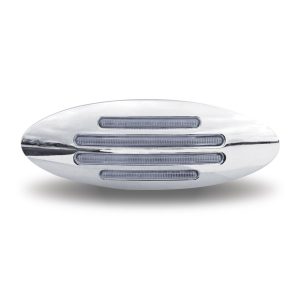 TLED-FGCA
TLED-FGCA
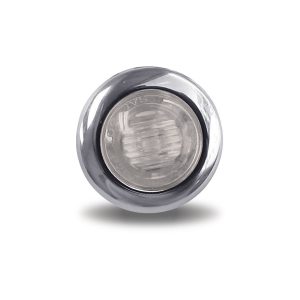 TLED-BX3RG
TLED-BX3RG
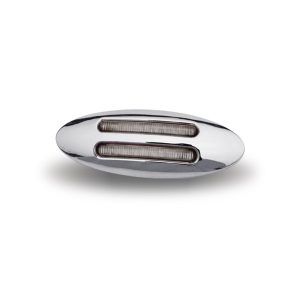 TLED-FG3CA
TLED-FG3CA
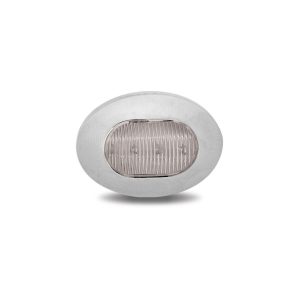 TLED-BX4AB
TLED-BX4AB
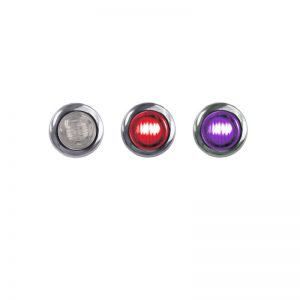 TLED-BX3RP
TLED-BX3RP
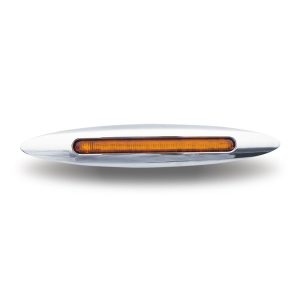 TLED-FLCA
TLED-FLCA
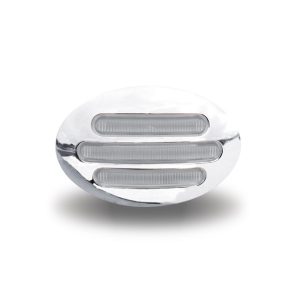 TLED-FG2CA
TLED-FG2CA
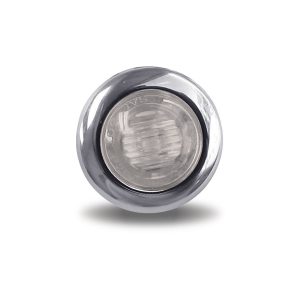 TLED-BX40
TLED-BX40
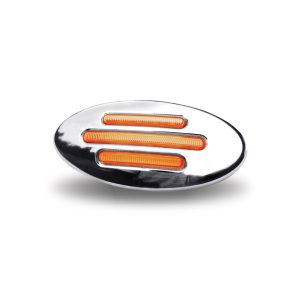 TLED-FPA
TLED-FPA
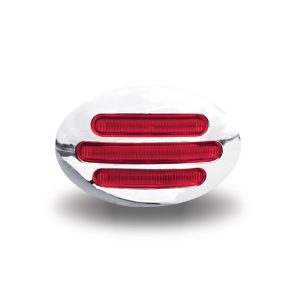 TLED-FG2CR Flatline Clear Red LED G2 Marker Light
TLED-FG2CR Flatline Clear Red LED G2 Marker Light
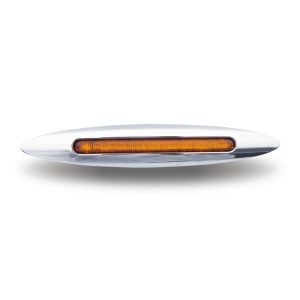 TLED-FG4CA
TLED-FG4CA
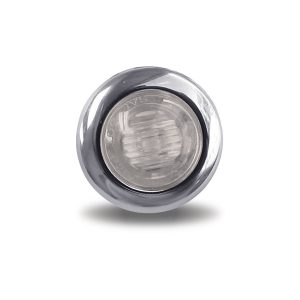 TLED-BX3RW
TLED-BX3RW